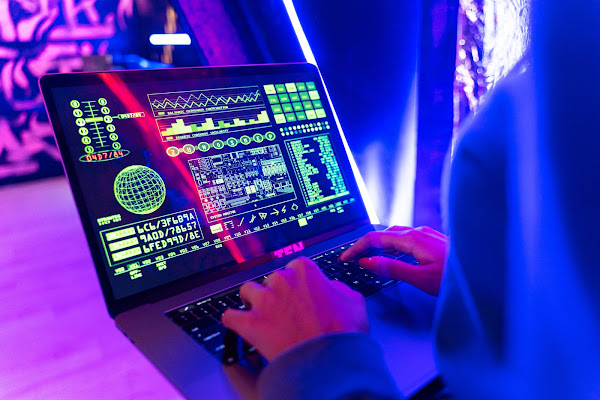Iranian hackers are using the New Marlin backdoor as part of a long-running surveillance operation that began in April 2018. ESET, a Slovak cybersecurity firm, linked the attacks, entitled "Out to Sea," to a threat actor known as OilRig (aka APT34), firmly linking its actions to another Iranian group known as Lyceum as well (Hexane aka SiameseKitten).
Since 2014, the hacking organization has attacked Middle Eastern governments as well as a range of industry verticals, including chemical, oil, finance, and telecommunications. In April 2021, the threat actors used an implant dubbed SideTwist to assault a Lebanese company.
"Victims of the campaign include diplomatic institutions, technological businesses, and medical organizations in Israel, Tunisia, and the United Arab Emirates," according to a report by ESET.
Lyceum has previously conducted campaigns in Israel, Morocco, Tunisia, and Saudi Arabia to single out IT companies. Since the campaign's discovery in 2018, the Lyceum infecting chains have developed to drop many backdoors, starting with DanBot and progressing to Shark and Milan in 2021. Later attacks, utilizing a new data harvesting virus dubbed Marlin, were detected in August 2021.
The hacking organization discarded the old OilRig TTPs, which comprised command-and-control (C&C) connections over DNS and HTTPS. For its C2 activities, Marlin relies on Microsoft's OneDrive API. ESET identified parallels in tools and tactics between OilRig's backdoors and those of Lyceum as "too numerous and specific," stating the initial access to the network was gained through spear-phishing and management applications like ITbrain and TeamViewer.
"The ToneDeaf backdoor connected with its C&C primarily over HTTP/S, but featured a secondary route, DNS tunneling, which did not work effectively," the researcher indicated. "Shark has similar problems, with DNS as its primary communication channel and an HTTP/S secondary one which isn't working."
Marlin randomly selects the executable code's internal structure, denying the attacker a comprehensive assessment of instruction addresses needed to build the intended exploit payload. The findings also revealed the usage of several folders in a backdoor's file menu for sending and receiving data from the C&C server, the concurrent use of DNS as a C&C communication route while also utilizing HTTP/S as a backup communication mechanism.









